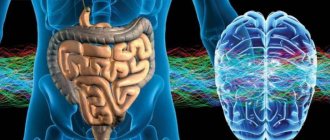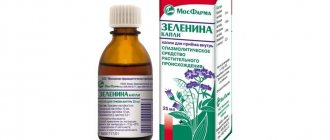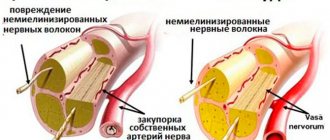In the peripheral part of the nervous system there is a somatic division, which has neither a blood-brain obstruction nor bone tissue, which perform a protective function in the main nervous system. The peripheral part of the nervous system consists of sensory nerves and motor nerves. In turn, the motor nerves are divided into somatic and autonomic parts. The somatic part of the human nervous system performs a connecting function, which is necessary so that signals can be sent from the central part to all organs. Thus, the spinal cord and brain influence the human body. Therefore, the somatic department is responsible for transmitting signals to organs.
Somatic department and its functions
Neuronal cells are functional elements that are located in the dorsal and cephalic brain. Neurons can be either motor or sensory. In turn, the motor ones transmit impulses from the system to the central part, and the sensory ones serve to generate these impulses and are responsible for their transmission.
The external situation and environment always influence the behavior of the body. The somatic part of the human nervous system allows the body to adapt to the external environment. The somatic part of the nervous system allows the body to act exactly as the environment requires, adapting to it. Therefore, the importance of the somatic department plays a role not only for the nervous system, but also for the entire organism as a whole. After all, the behavior of other systems depends on this part. A person can consciously control the body precisely thanks to the somatic part of the nervous system.
Laryngitis
This is an inflammatory pathology of the larynx, accompanied by difficulty breathing and hoarseness. It can be either an independent disease or a complication after influenza, ARVI, or respiratory system infections. Viral laryngitis can be transmitted to other people.
Kinds
According to intensity, the disease is divided into acute and chronic.
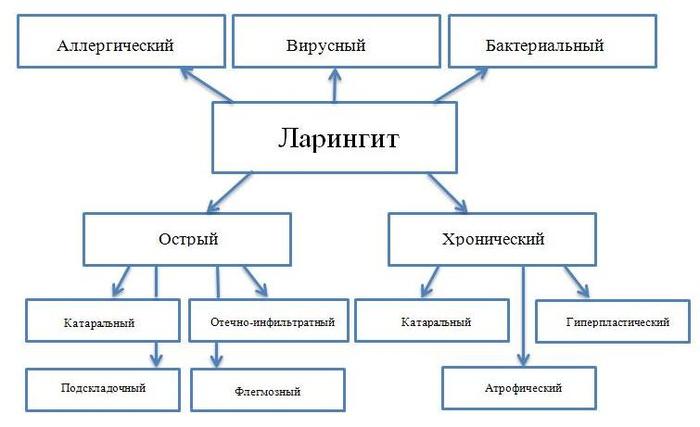
Classification by shape:
- catarrhal;
- stenosing;
- hypertrophic;
- atrophic;
- hemorrhagic;
- diphtheria;
- phlegmonous.
The chronic form of the disease can transform into a malignant tumor.
Stages and degrees
There are 4 stages of the disease. The first lasts 2-3 days, the symptoms are blurred, the child feels only slight discomfort. The second stage lasts 3-5 days. Tachycardia, shortness of breath, and difficulty breathing appear. The third is accompanied by a protracted barking cough. The fourth stage of laryngitis is very dangerous for a child. Convulsions, toxicosis due to false croup, and bradycardia may occur.
Symptoms and signs
The first signs of laryngitis are hoarseness, heavy breathing, and a barking cough. When breathing, you can hear hissing and wheezing. They are felt in the upper part of the respiratory tract. The temperature rises sharply to 38-39 degrees. The child becomes nervous and has trouble falling asleep (especially at night). Blueness appears around the mouth.
Causes
The main causes of laryngitis include bacteria and viruses, and diseases of the larynx of a viral nature.
Other reasons:
- Food;
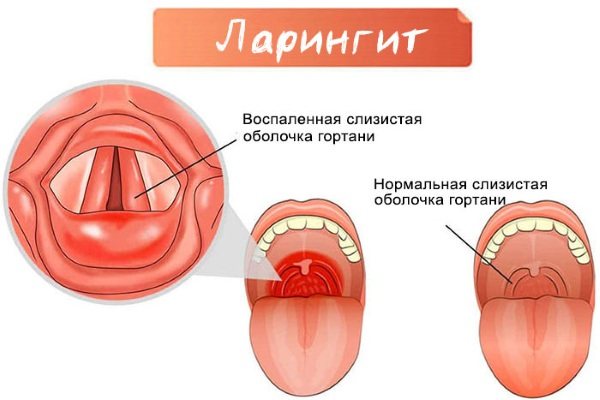
- allergic reactions to dust, household chemicals, and other external factors;
- tendency to swelling of the throat;
- loose texture of the nasopharynx;
- reaction to medications;
- stress;
- hypothermia;
- overloaded vocal cords;
- poor oral hygiene;
- avitaminosis.
Chronic pathologies of internal organs or warm, dry air in the room can provoke laryngitis.
Prevention
It is necessary to prevent the child from screaming and singing. Avoid giving children very hot or cold drinks and ensure they drink plenty of fluids. You can drip essential oil onto the pillow - fir, eucalyptus, menthol. You need to add sage and chamomile to your child’s tea. It is necessary to promptly treat pathologies of the respiratory system and throat.
Treatment methods
Medicines are prescribed depending on the type of disease and its intensity.
Can be used:
- antihistamines (Zodak, Fenistil), which reduce swelling and neutralize toxins;
- mucolytics, antitussives (“Lazolvan”, “Gerbion”, “Ambrobene”);
- antiseptics (“Faryngosept”, “Strepsils”, “Lizobakt”) eliminate a sore throat and are taken after meals;
- antipyretics (“Nurofen”, “Ibuprofen”, “Paracetamol”);
- antiviral drugs (“Anaferon”, “Acyclovir”);
- nasal (Naphthyzin, Knox-spray) restore nasal breathing;
- hormonal drugs (“Dexamethasone”) in the form of inhalations;
- antibiotics (Sumamed, Azithromycin, Cefazolin) for bacterial laryngitis.
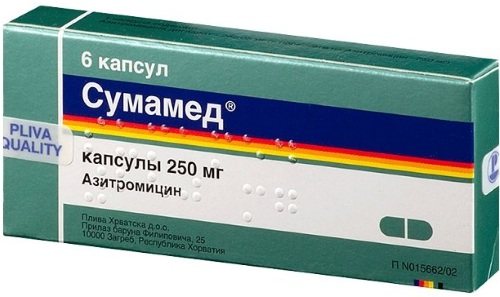
Inhalations with herbal decoctions and infusions, and foot baths with natural extracts also help. The method of breathing over hot boiled potatoes helps a lot. You can rub warming ointments into the chest and neck, rinse your mouth with herbal infusions. Among the auxiliary methods, magnetic therapy and UHF are used.
How does the somatic nervous system work?
Understanding the work and basic functions of the somatic part of the nervous system occurs only if you understand its location and structure. That is, how it works directly depends on how it is designed. The somatic department innervates such organs as:
- Muscle tissues that are connected to the skeleton, that is, striated muscles;
- Muscles that are located in the limbs, face and body;
- Covers of the skin;
- Tongue, larynx and pharynx.
Reflex arc concept
A reflex arc is a chain of neurons that creates a kind of automatic connection between sensory input and motor output. They may differ in the complexity of their structure. The simplest are spinal reflexes, which consist of a two-element chain. A person has one unique monosynaptic reflex, in which there is only one connection between a sensory and a motor neuron (for example, this includes the patellar reflex).
Another type of reflex arc is a three-component circuit that begins its path with sensory-type neurons, then passes through spinal interneurons and is directed to motor-type neurons.
It is worth noting that the functioning of the reflex arc is directly related to the parts of the central nervous system. For example, when the human body is exposed to painful stimulation (a blow, hot objects, etc.), the signal first enters the parts of the brain responsible for protective functions, and from there it goes to the spinal cord. Thus, a reflex of withdrawing the hand or protecting oneself from falling is formed. Food, respiratory and vasomotor reflex impulses are also presented. The degree of involvement of different parts of the brain and spinal cord (nerve fibers) depends on the strength of the irritating factor, the duration of its effect and the state of the central nervous system.
Bronchitis
Somatic diseases (the list of diseases includes pathologies of the respiratory system) often affect the bronchi. This is an inflammatory process affecting the mucous membrane. Usually develops from 3 years of age, in infants it occurs in a severe form.
Kinds
There are several classifications of the disease. Depending on the duration, acute and chronic forms are distinguished.
By:
- pathogen - viral, bacterial and allergic (the first two forms are contagious);
- severity of the course - simple, obstructive and protracted;
- localization – tracheobronchitis, bronchiolitis.
Damage to the bronchi can be one- or two-sided.
Stages and degrees
Bronchitis begins with an acute stage that lasts 3-14 days.
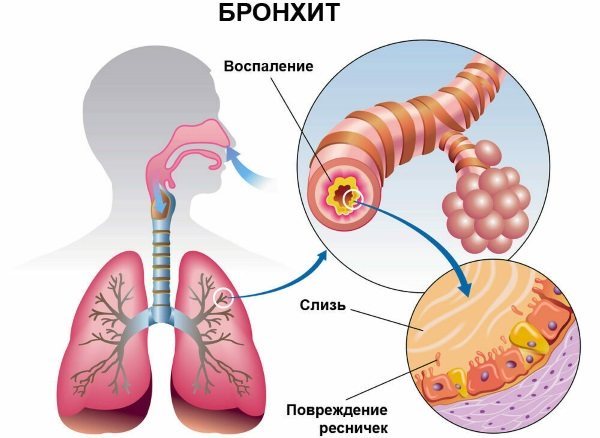
Then the disease can become chronic. At the first stage, primary symptoms appear, at the second - the type of cough changes, and sputum discharge increases. On the third, recovery begins.
Symptoms and signs
The incubation period is 3-5 days. During this period, the child experiences loss of appetite, headaches, and sore throat. Shortness of breath, asphyxia, and itching in the nose often occur.
Then a cough appears (maybe to the point of vomiting), wheezing and whistling in the chest, a runny nose with green or white discharge. Children develop a febrile state, the temperature rises, and conjunctivitis is diagnosed. Without treatment, the pathology develops into pneumonia.
Causes
The main causes of bronchitis are abnormal development of the respiratory system and a weakened immune system. In infants, the disease quickly progresses to pneumonia.
Other reasons:
- allergies to household chemicals, smoke, dust, pollen;
- prematurity;
- birth injuries;
- contracting an infection from another person;
- atypical structure of the nasal septum.
Bronchitis can appear as a complication due to sinusitis, tonsillitis and pharyngitis.
Prevention
You should not allow a child to become hypothermic, and treat incipient runny nose and cough and respiratory tract diseases in a timely manner. It is necessary to provide the body with a full complex of vitamins.
Treatment methods
It is necessary to provide the child with peace, periodically ventilate the room, and increase fluid intake. Eliminate fatty, sweet and fried foods from your diet.
Drug treatment:
- antipyretics (“Cefekon”, “Nurofen”);
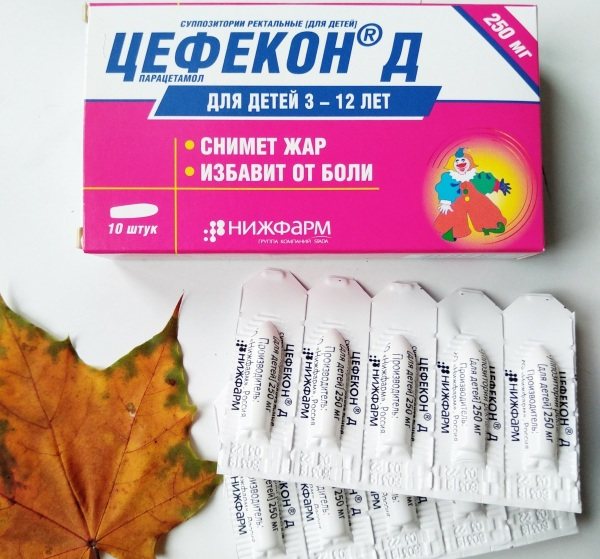
Tsefekon D - painkillers (“Papaverine”, “No-Shpa”);
- antiviral drugs (“Arbidol”, “Interferon”);
- antitussive syrups (“Stoptussin”, “Libexin”);
- for a dry cough, give “Prospan”, “Gerbion”;
- expectorants (“Mukaltin”, “Bromhexine”);
- for allergic bronchitis they give Zyrtec, Fenistil.
Antibiotics (Sumamed, Amoxiclav) are given to a child only after a bacterial infection. To liquefy sputum, give herbal infusions and decoctions, and do inhalations with them. Additionally, physiotherapy methods are prescribed - UHF, UV irradiation, electrophoresis.
In addition to the listed somatic diseases (the list of common diseases includes tonsillitis, chickenpox, rubella), secondary pathologies may develop - gastrointestinal tract, diabetes mellitus, obesity.
Rare, difficult or incurable diseases include cancer, hepatitis, and heart failure. Many somatic pathologies, including severe ones, are rare in children; mild ones are quickly treated.
Bronchial asthma
Somatic diseases (the list of diseases includes asthma) often affect the respiratory tract. This is chronic inflammation. Asthma is a common childhood pathology. The course of the disease may be atypical. Preschool children are more likely to suffer from asthma.
Kinds
The disease is divided into several forms - allergenic, non-atopic, physical activity and resulting from obesity. The last two types are rarely diagnosed.
Stages and degrees
The nature of asthma can be mild, moderate, or severe. The disease occurs in two stages. With exacerbation, the symptoms become more distinct and stronger. During remission – absent. This period can be of three types - complete, partial and pharmacological.
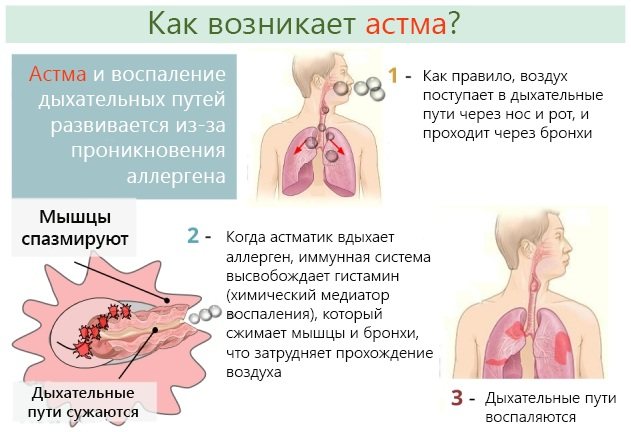
With complete remission, the child can lead a normal life. When partial, he experiences discomfort, shortness of breath and wheezing, and quickly gets tired.
Symptoms and signs
With asthma, the temperature does not rise. Generally, severe excitability, sleep disturbance, and irritability are observed. During attacks, coughing, shortness of breath, and difficulty breathing begin. You can hear wheezing in the lungs, you can see a strong retraction of the chest and supraclavicular fossa. The main sign of an approaching attack is that the nasolabial triangle turns blue.
Causes
The main causes of asthma are external irritants and allergens. This could be medicines, pollen, household chemicals, dust. Often the disease is caused by mold and animal hair.
Other reasons:
- viral infections;
- poor environmental conditions;
- tobacco smoke;
- hereditary factor;
- predisposition to atopy.
Asthma is often caused by heavy physical activity and frequent stress.
Prevention
It is recommended to breastfeed your baby for up to one year. If there is no milk, buy only high-quality formula. Complementary foods are given in strict order and only with the permission of a doctor. Allergenic foods are excluded from the diet. It is recommended to remove from the room all objects that accumulate dust.
You need to do wet cleaning daily. You cannot have pets (especially cats and dogs). Bed linen should only be made from hypoallergenic materials. The room needs to be ventilated daily. Boost your immunity with exercise and food.
Treatment methods
The treatment regimen is developed individually. It includes therapeutic exercises, diet, and physiotherapy. To relieve attacks, aerosols such as Ventolin, Berotek, and Salbutamol are used.
If additional severe symptoms are present, hormonal medications are prescribed. Spacers are used to inject medication into young children. They deliver powder into the body, which relieves the attack.
Compressor and ultrasonic nebulizers are also used to treat asthma. For basic therapy, antihistamines are prescribed - Suprastin, Tavegil, Loratadine.
Drugs that stabilize the membrane include Ketotifen and Intal. Antibiotics (for example, Sumamed) can be used in the treatment of chronic asthma. Children over 5 years of age are prescribed the ASIT method (introducing a small amount of allergen into the body).

